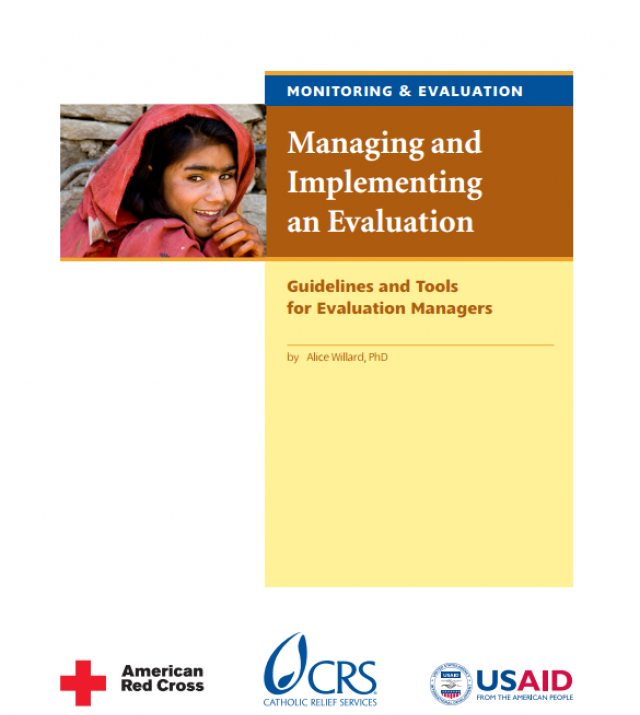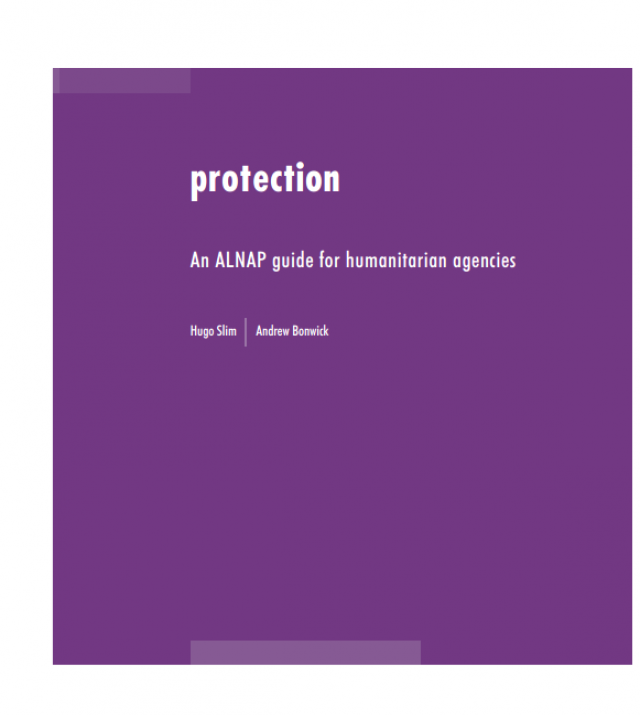
Knowledge Solutions: Tools, Methods and Approaches to Drive Development Forward and Enhance Its Effects

Developing a knowledge-sharing culture is a change process on the way to better organizational performance. To achieve that change, an organization needs a vision of where it wants to be and an accurate picture of where it is now—that is, its current reality. A knowledge audit is one way of taking that picture.
What is a knowledge audit? The traditional concept of an audit is an evaluation of a person, business, system, process, project, or product by an independent third party. Financial audits are well understood. They examine the financial statements of a company to check performance against standards. A knowledge audit works differently, and some demystification is called for. It is by and large—granted differing objects, breadth of coverage, and levels of sophistication—a qualitative review (or inventory, survey, check) of an organization’s knowledge health at both the macro and micro levels. The defining feature of a knowledge audit is that it places people at the center of concerns: it purports to find out what people know, and what they do with the knowledge they have. It can be described as an investigation of the knowledge needs of an organization and the interconnectivity among leadership, organization, technology, and learning in meeting these. Put in a different way, a knowledge audit is an investigation of the strengths and weaknesses of an organization’s knowledge, and of the opportunities and threats that face it.
A knowledge audit can have multiple purposes, but the most common is to provide tangible evidence of what knowledge an organization needs, where that knowledge is, how it is being used, what problems and difficulties exist, and what improvements can be made.
Deliverables from knowledge audits are multiple, and can impact organizational performance and the individuals and groups associated severally with it. Not all can be quantified. Regardless, to be of any use, benefits cannot just be shown; they must be realized.

